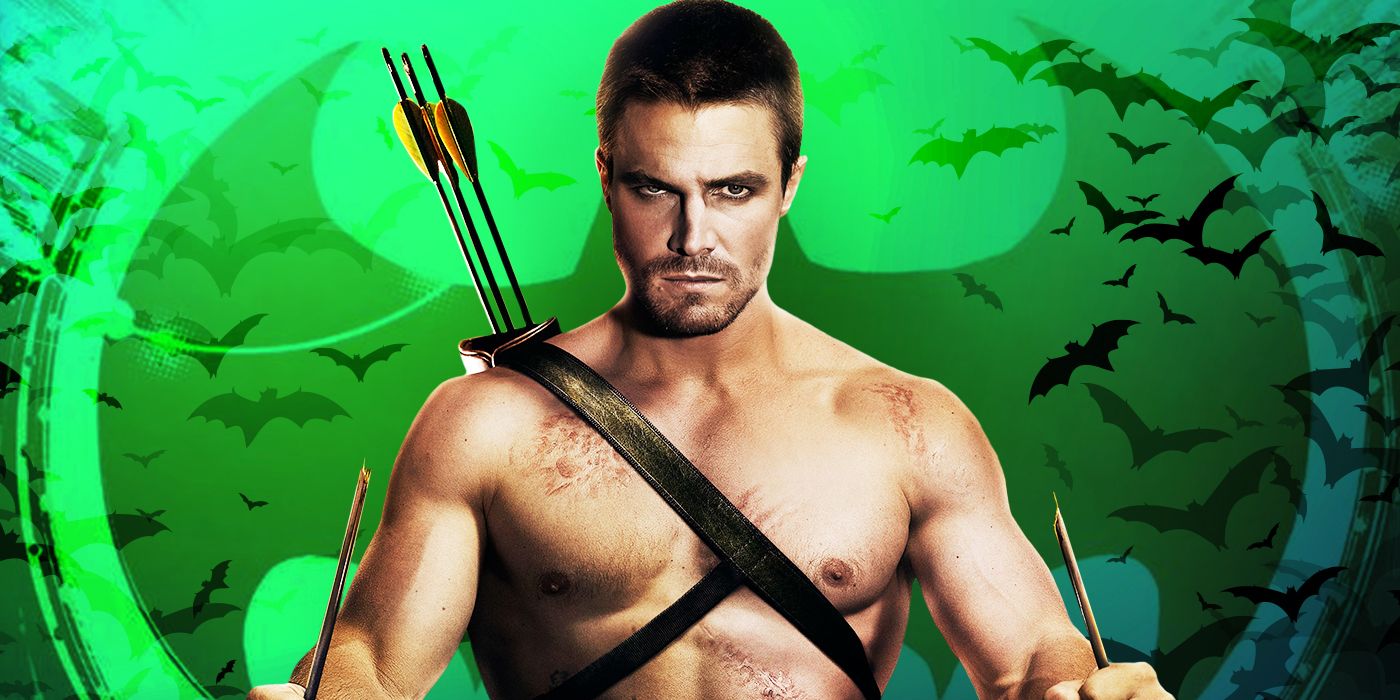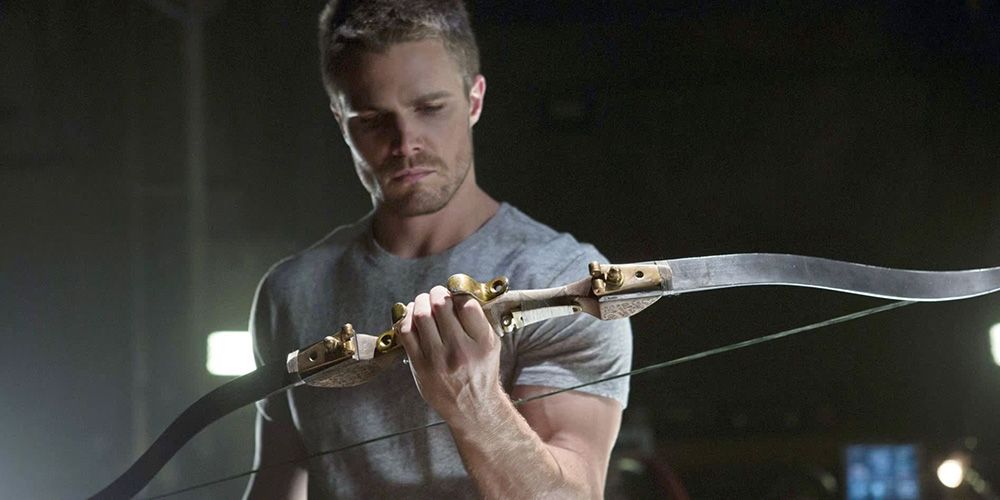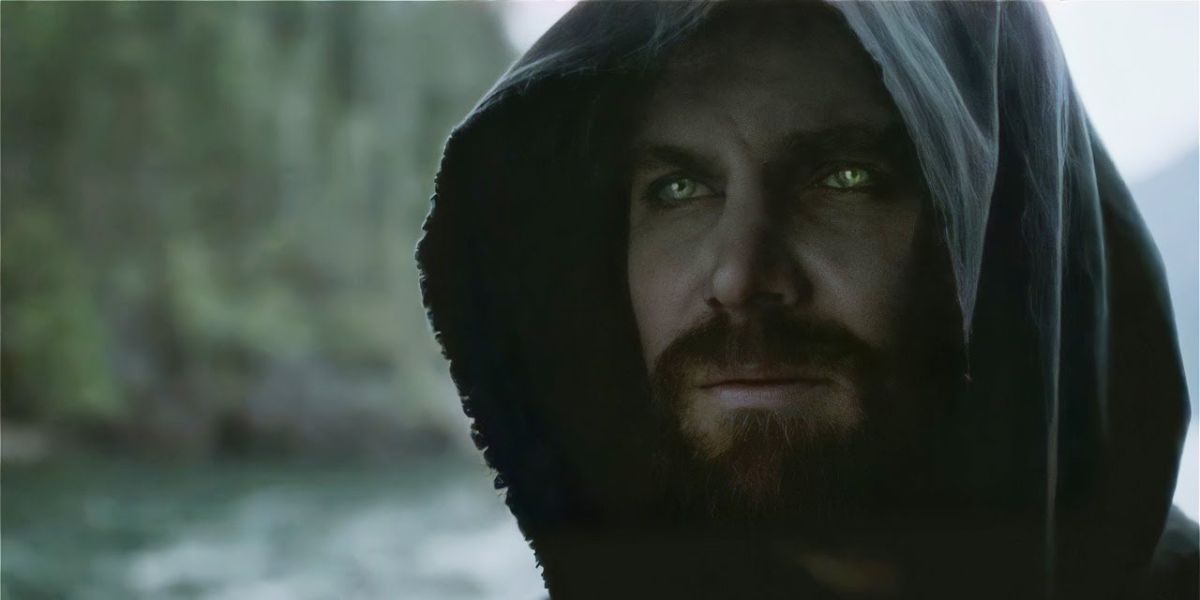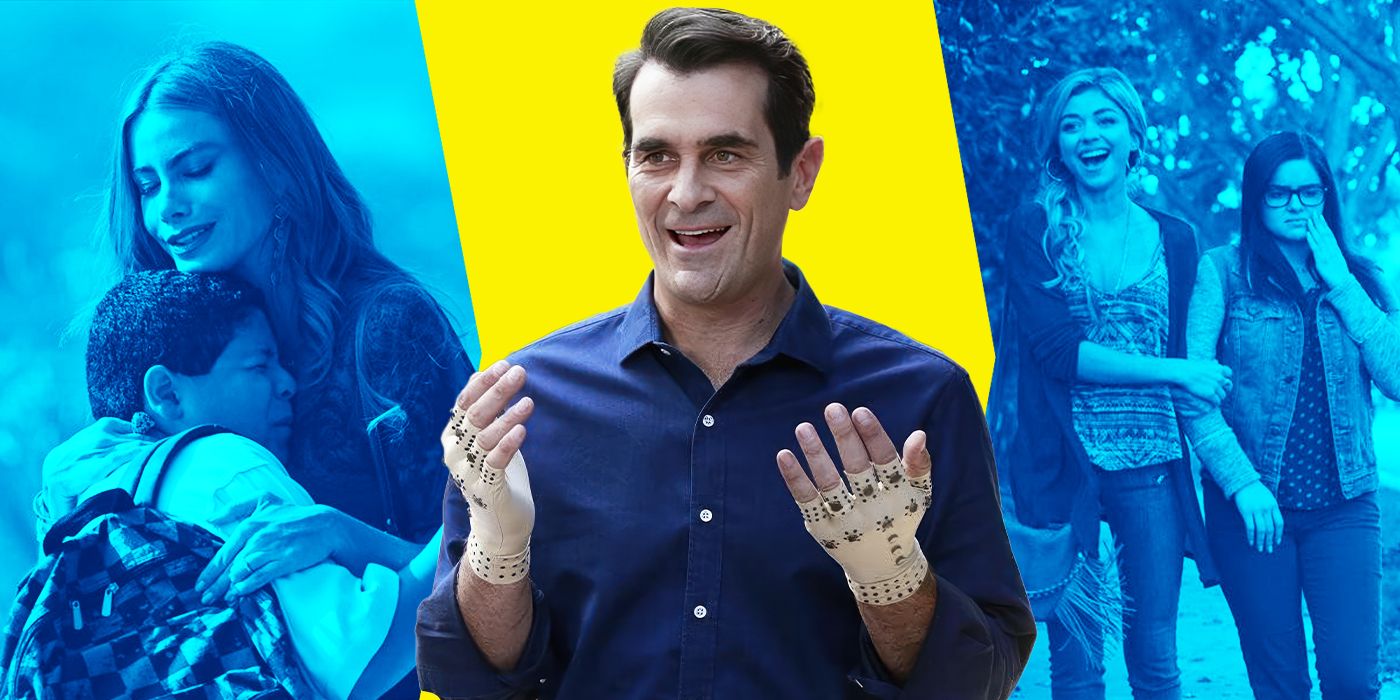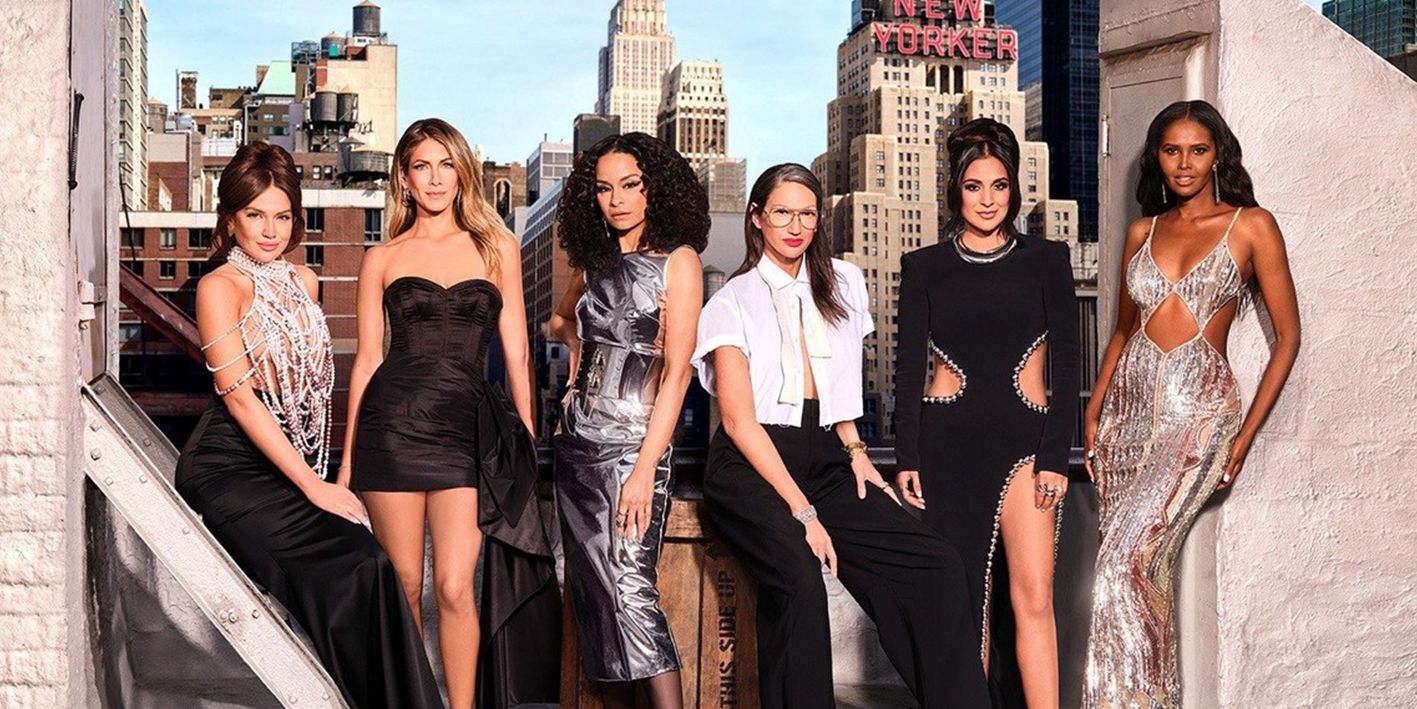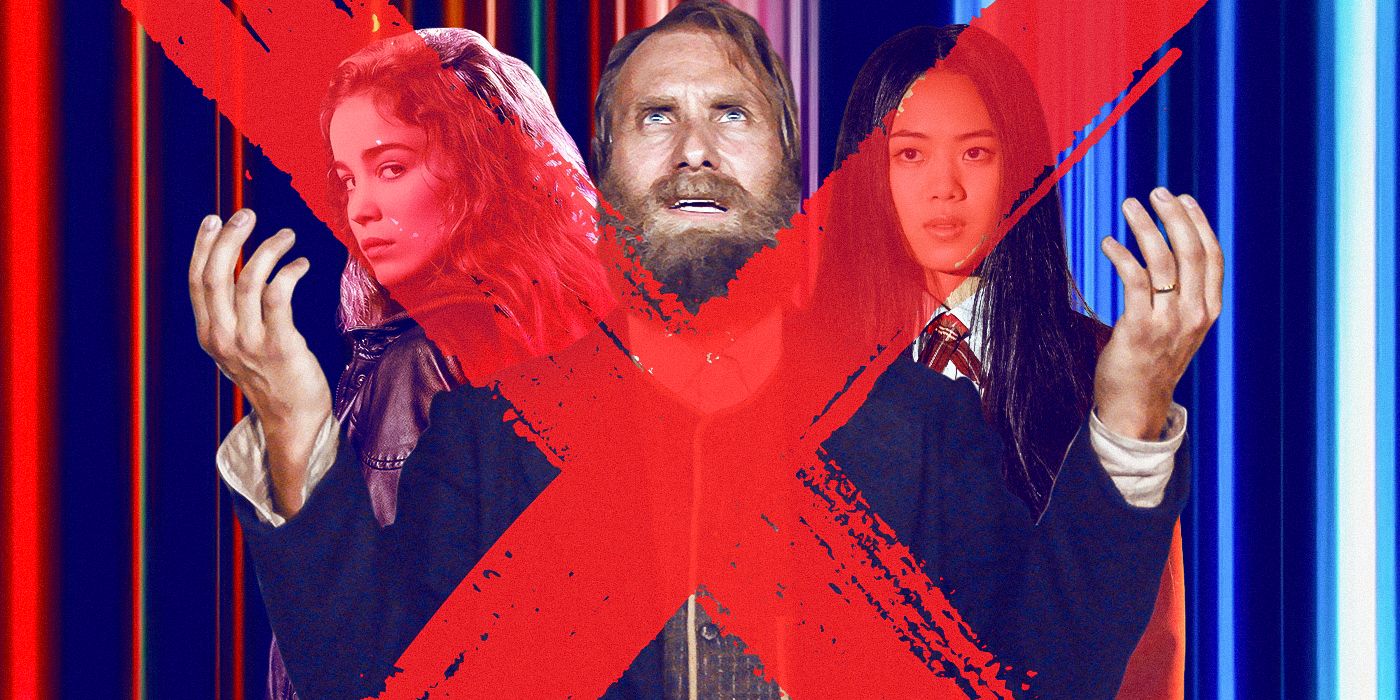The Big Picture
-
Arrow
initially took inspiration from Batman, with similarities in character arcs, themes, and even villains. DC Comics has a history of Green Arrow borrowing elements from Batman. - Over time,
Arrow
developed its own identity separate from Batman, expanding into the supernatural and participating in major crossovers like “Crisis on Infinite Earths.” - The Arrowverse faced challenges in featuring Batman, but introduced older Bruce Wayne and characters like Hush. Other shows like
Smallville
and
Titans
also had limitations in featuring Batman directly.
There’s an overall understanding in the world of comic books that the two big heavies, DC Comics and Marvel, will likely copy each other at some point down the line. It’s been done numerous times, and somehow fans seem to be just as excited about the rip-off characters as any other. But sometimes, a comic publisher rips off its own heroes to create similar characters with stories that feel familiar enough to pull audiences in. That is exactly what DC and the CW did when they developed the hit series Arrow, which took more than a few cues from none other than Batman himself.
Arrow
Spoiled billionaire playboy Oliver Queen is missing and presumed dead when his yacht is lost at sea. He returns five years later a changed man, determined to clean up the city as a hooded vigilante armed with a bow.
- Release Date
- October 10, 2012
- Seasons
- 8
- Studio
- The CW
- Creator
- Greg Berlanti, Marc Guggenheim, Andrew Kreisberg
‘Arrow’ Began as a More Violent Version of Batman
When Arrow first started, it was clear that the show was trying to do Christopher Nolan‘s The Dark Knight Trilogy on the CW. Gotham City’s crime-ridden neighborhood “The Narrows” was exchanged for Starling City’s “The Glades,” Heath Ledger‘s Joker was reinterpreted through the lens of Seth Gabel‘s “the Count,” Oliver Queen (Stephen Amell) was a billionaire playboy who moonlights as a vigilante, which puts him at odds with and later in league with a veteran cop who feels like the city is drowning. Heck, later seasons even reveal that Oliver trained with experts around the globe to become the best crime fighter he possibly could be. All that sound familiar?
Believe it or not, Green Arrow ripping off Batman is actually DC Comics’ precedent. Back during the character’s earliest adventures, Green Arrow had his own Arrowcar, Arrowsignal, and even his own Arrowcave. No wonder fans called Oliver’s lair/bunker “the Arrowcave” in the early years before it became known as “the Foundry.” In fact, even Speedy, Green Arrow’s original sidekick, was a red-suited rip-off of the original Robin. Ironically, the two would become friends and co-found the Teen Titans together, so apparently it all worked out. But despite the long-time similarities between these two, Green Arrow eventually developed into his own character entirely, one who occasionally took a darker turn than even Batman would dare to go. Ironically, Green Arrow was once set to get his own feature film, which would’ve been penned by none other than The Dark Knight scribe David S. Goyer.
Speaking of, in The Dark Knight, Batman (Christian Bale) emphasizes his “one rule,” that he will not intentionally kill or murder someone. He refuses to do it to the Joker, and he stands by that in the end. Conversely, Arrow presents an Oliver Queen who arrives in Starling City to do one thing: kill. As Batman-lite as “the Hood” (later “the Arrow” before becoming Green Arrow officially) is, he draws a very distinct line in the first episode where he kills a man who might’ve revealed his secret. “A Batman who kills,” Oliver is unafraid to cross some ethical boundaries himself in the pursuit of saving his city, though that eventually changes the more he grows and changes from being a vigilante into a superhero.
Oliver Queen’s Journey in ‘Arrow’ Is Similar to Bruce Wayne’s in ‘The Dark Knight’ Trilogy
Though most believe that Oliver Queen spent five years on the island of Lian Yu before returning to Starling City, the former playboy eventually reveals that not all of his time away was spent missing on the island. Instead, the flashbacks in Seasons 3 and 5 take Oliver to Asia, where he trains under some of the world’s most formidable warriors. One of them is none other than Talia al Ghul (Lexa Doig), the daughter of the master of the League of Assassins himself, Ra’s al Ghul (Matt Nable). While Talia is Bruce Wayne’s lover in The Dark Knight Rises, Ra’s was his own League of Shadows mentor in Batman Begins. Along the way, Oliver learns the ways of the League, and is eventually trained by Ra’s in Season 3, who nearly kills him in “The Climb,” not unlike how Liam Neeson‘s leaves Bruce for dead.
Ra’s al Ghul isn’t the only villain from Batman’s rogues gallery who makes his way onto Arrow. A version of Firefly (Andrew Dunbar) was a villain in the show’s first season, with Anarchy (Alexander Calvert) appearing in Season 4, while Harley Quinn appeared in a cameo appearance in the show’s sophomore year. Even Helena Bertinelli aka the Huntress (Jessica De Gouw) originates from Gotham City, and the character — who is traditionally a bit less morally ambiguous — has been a long-standing member of the Batman family. Even other characters such as Deathstroke (Manu Bennett) and the Suicide Squad are more commonly associated with Batman. However, it’s worth noting that Deathstroke and Green Arrow actually have a deeper rivalry in the comics. But it isn’t just Oliver’s origins or rogues that mirror Batman’s adventures, there are plenty of other ways that Arrow steals from the Dark Knight’s mythos too.
For example, when Oliver’s long-time flame Felicity Smoak (Emily Bett Rickards) is given her official codename, Overwatch, during the Season 4 episode “A.W.O.L.,” Oliver notes that “Oracle” was already taken. Oracle, of course, is former Batgirl Barbara Gordon’s later codename, which she uses to help Batman (and the entire Justice League) from afar. Additionally, the tumultuous relationship between Oliver and Amanda Waller (Cynthia Addai-Robinson) echoes that of Batman’s relationship with the government operative, highlighted especially in the animated Justice League Unlimited series and in the first Suicide Squad movie from the DC Extended Universe. And who could forget Prometheus, who in the original DC Comics is modeled after Batman, but on Arrow he appears to be a darker version of the Emerald Archer. Thankfully, at least with that rivalry, there’s actually comic book precedent (Justice League: A Cry for Justice) behind it.
Oliver Queen Becomes the Green Arrow — and Distances Himself From Batman
Thankfully, the longer Arrow stayed on air, the further it removed itself from trying to play Batman. Sure, the show always had some nods to the Dark Knight thrown in there, especially when it came to the Christopher Nolan take on the character, but overall, Arrow found its own identity after Oliver Queen officially became the Green Arrow, which expanded the Arrowverse into something even bigger. With the inclusion of the supernatural in Season 4 and further franchise crossovers that introduced aliens, alternate timelines, and multiversal threats, Oliver Queen wouldn’t stay in the originally grounded box he started in.
This was especially true come the mega-crossover event “Crisis On Infinite Earths,” which brought together all the then-airing Arrowverse shows and folded the originally separate Black Lightening into the CW canon. It was during this crossover that Green Arrow was killed in battle, saving both the Flash (Grant Gustin) and Supergirl (Melissa Benoist) from their prophesied deaths (both characters die in the original comic on which the crossover was based). Because of his heroism, Oliver becomes the host of the Spectre, the Spirit of Vengeance that moves across the DC Universe as he, well, implements righteous vengeance on criminals. Not even Batman has done that.
As the Spectre, Oliver has a different mission and eventually saves (and rebirths) the entire Arrowverse, ending the reign of terror caused by the Anti-Monitor (LaMonica Garrett). In so doing this, Oliver actually rewrites parts of reality and lets his death be the catalyst for the resurrection of some of his deceased friends and family. Tommy Merlyn (Colin Donnell), Emiko Queen (Sea Shimooka), Quentin Lance (Paul Blackthorne), and his mother Moira Queen (Susanna Thompson) all get second chances at life because of Oliver’s sacrifice, something that Batman only wishes he could do for those he’s lost.
The Arrowverse Never Got Batman Right
As the Arrowverse grew and progressed, the world was further fleshed out. Though Batman never officially appeared on Arrow or even in Batwoman, which initially followed his cousin Kate Kane (Ruby Rose), the Dark Knight’s presence was still felt. For a long time, audiences were convinced that Superman, Batman, and Wonder Woman (DC’s “Trinity”) were all officially off-limits due to the DCEU and other live-action plans. Yet, somehow, Tyler Hoechlin appeared as Superman in Supergirl, which eventually led to his own series Superman & Lois (which is not a part of the Arrowverse, by the way). Meanwhile, Batman and Wonder Woman were reserved strictly for theatrical productions.
However, exceptions were eventually made, at least on Batman’s part. An older Bruce Wayne (played by veteran Batman voice actor Kevin Conroy) eventually appears during “Crisis on Infinite Earths,” with a tragic backstory based on DC’s Kingdom Come limited series. Though Oliver never gets to interact with the former Batman, both Batwoman and Supergirl do, and the results, well, they aren’t great. Additionally, Batwoman introduces the Batman villain Hush, who takes on the missing Bruce Wayne’s identity, surgically reconstructing his own face to match the features of the A.W.O.L. Dark Knight (which makes him look like Warren Christie, who would’ve been an excellent Arrowverse Batman).
The Arrowverse isn’t the only series that was unable to use the Dark Knight due to live-action plans. Because of Nolan’s Dark Knight Trilogy, Smallville was unable to bring the character onto the show. Likewise, Titans used Bruce Wayne (Iain Glenn), but never really let us get a clear view of Batman himself. The CW’s Gotham Knights opted around showing Batman by killing him off in the pilot, but the mistreatment of the source material flatlined the series. Interestingly, the prequel series Gotham never needed to use Batman’s iconic cape and cowl because it followed a younger Bruce Wayne (David Mazouz) on his journey to becoming the Dark Knight. Though the show used countless Batman villains, it only ever showed Bruce as Batman in the final shot of the episode, not unlike what Smallville did with Clark Kent (Tom Welling) becoming Superman in the show’s final moments.
Thankfully, Arrow never needed to use Batman himself — the show was content ripping off the character for a while. That is, until Oliver Queen became a hero of his own, stepping out of the shadows as the Green Arrow and leading the Arrowverse into a brand-new era. Now that its decade-long reign on the CW is over, it’s easy to reflect on the long-running superhero franchise and how it ushered in a new age of comic book-related television. Without Arrow, who knows if the Arrowverse, or anything like it, would ever have happened?
Arrow is available to stream on Netflix.
Watch on Netflix

